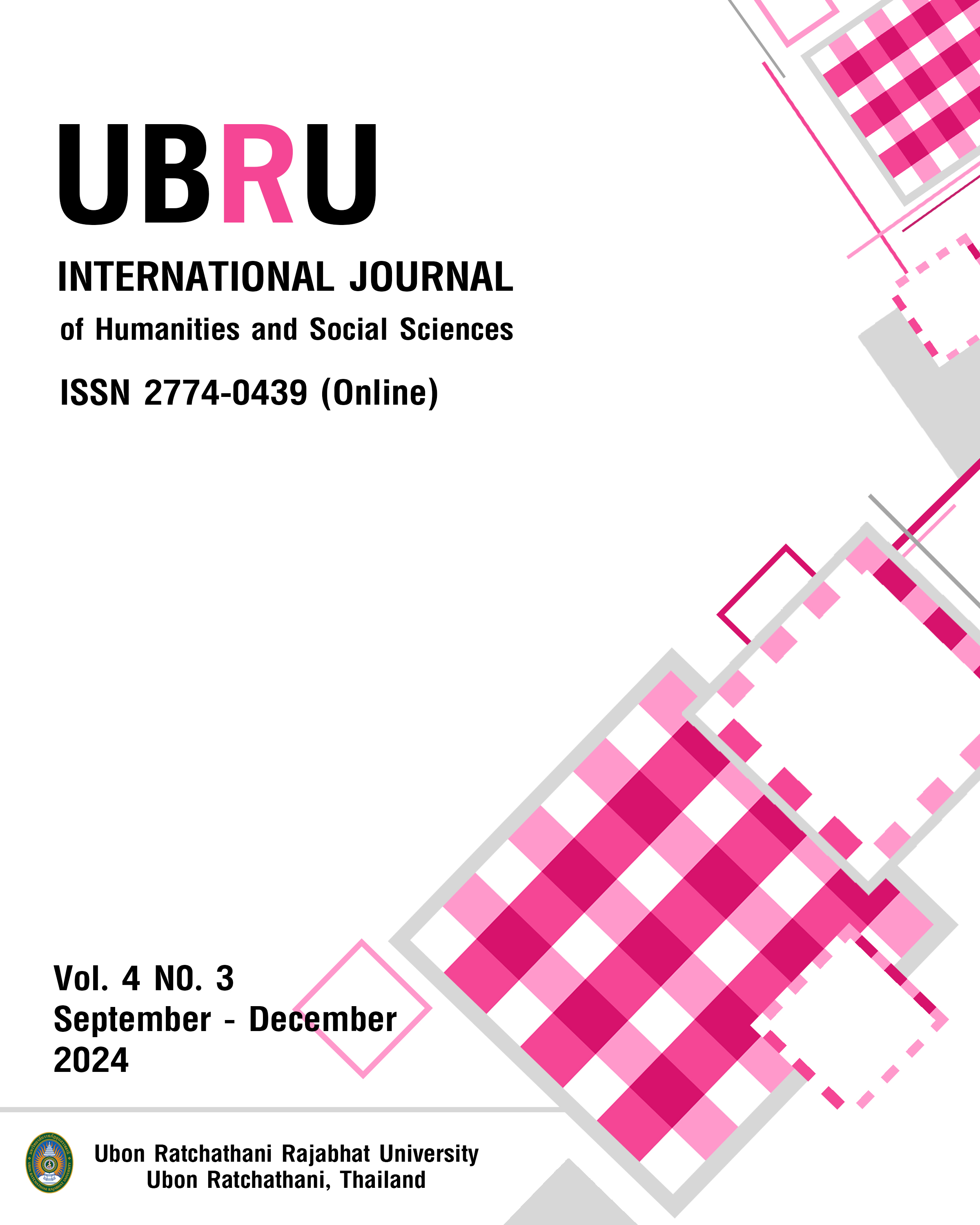Factors Impacting Online Teaching Behavioral Intention on Vocational College in Nanchang, China
Main Article Content
Abstract
This study aims to understand what factors influence vocational college teachers in Nanchang,china,to choose online teaching.This text says that the conceptual framework was taken from three different theories: the extended Unified Theory of Acceptance and Use of Technology (UTAUT 2),the Technology Acceptance Model (TAM), and the Theory of Planned Behavior(TPB).These theories suggest that there is a connection between Attitude(AT), Performance Expectancy (PE), Effort Expectancy (EE), Social Influence (SI), Facilitating Conditions (FC),and Behavioral intention(BI).The research employed a Cronbach's Alpha in a pilot test (n=502) for reliability. 502 valid responses from teachers at JiangXi College of Science and Technology were analyzed by the multiple linear regression to verify the significant relationship between variables. This research revealed that attitude, performance expectancy, effort expectancy, social influence, facilitating conditions impacted on behavioral intention in the context of JiangXi, China.
Article Details
References
Ali Raygan, Shahab Moradkhani. (2020). Factors influencing technology integration in an EFL context: investigating EFL teachers’ attitudes, TPACK level, and educational climate. DOI:10.1080/09588221.2020.1839106
Breckler, S. J., & Wiggins, E. C. (1989). Affect versus evaluation in the structure of attitudes. Journal of Experimental Social Psychology, 25(3), 253–271. https://doi.org/10.1016/0022-1031(89)90022-X
Bylon Abeeku Bamfo & Felicity Asiedu-Appiah & Enya Ameza-Xemalordzo. (2023). "Developing a framework for entrepreneurship ecosystem for developing countries: The application of institutional theory," Cogent Business & Management. Taylor & Francis Journals, 10(2), pages 2195967-219, December.
Hair, J.F., Black, W.C., Babin, B.J. and Anderson, R.E. (2010) Multivariate Data Analysis. 7th Edition. Pearson, New York.
Icek Ajzen. (1991). The theory of planned behavior. Organizational Behavior and Human Decision Processes, 50(2).
Iqbal Jebril. (2021). User Satisfaction of Electric-Vehicles About Charging Stations (Home, Outdoor, and Workplace). Turkish Journal of Computer and Mathematics Education (TURCOMAT), 12(3).
Kevin Deniswara, Ratu Marwaah Firhatil Uyuun, Ang Swat Lin Lindawati, Willnaldo Willnaldo. (2019). Intellectual Capital Effect, Financial Performance, and Firm Value: An Empirical Evidence from Real Estate Firm, in Indonesia. The Winners, 20(1).
Noor Ul-Ain, Kiran Kaur, Mehwish Waheed. (2015). The influence of learning value on learning management system use: An extension of UTAUT2. Information Development, 32(5).
Olayinka David-West, Nkemdilim Iheanachor, Ikechukwu Kelikume. (2018). A resource-based view of digital financial services (DFS): An exploratory study of Nigerian providers. Journal of Business Research, 88(2).
Paudel, P.K., et al. (2020) Trends, Patterns and Networks of Illicit Wildlife Trade in Nepal: A National Synthesis. Conservation Science and Practice, 2, e247. https://doi.org/10.1111/csp2.247
Prasanta Chopdar, Nikos Korfiatis, V.J. Sivakumar, Miltiadis D. Lytras. (2018). Mobile shopping apps adoption and perceived risks: A cross-country perspective utilizing the Unified Theory of Acceptance and Use of Technology. Computers in Human Behavior Forthcoming, (2).
Raygan, A., & Moradkhani, S. (2020). Factors influencing technology integration in an EFL context: investigating EFL teachers’ attitudes, TPACK level, and educational climate. Computer Assisted Language Learning, 35(8), 1789–1810. https://doi.org/10.1080/09588221.2020.1839106
Viswanath Venkatesh, James Y. L. Thong, Xin Xu. (2012).Consumer Acceptance and Use of Information Technology: Extending the Unified Theory of Acceptance and Use of Technology. MIS Quarterly, 36(1).
Viswanath Venkatesh, Michael G Morris, Gordon B Davis, Fred D. Davis. (2003). User Acceptance of Information Technology: Toward a Unified View. MIS Quarterly, 27(3).


